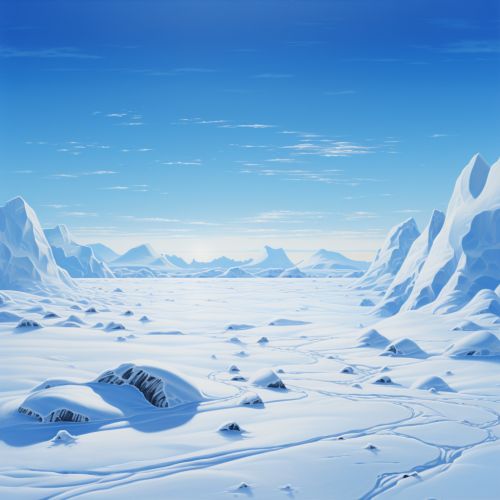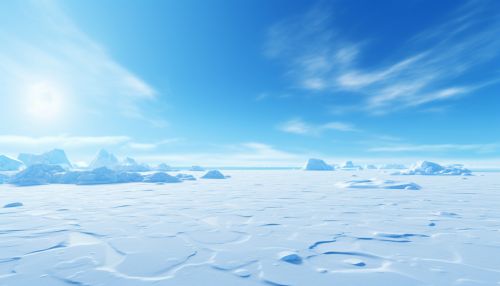Polar Ecosystem
Introduction
The polar ecosystem is a type of terrestrial biome that exists in the polar regions, which are located at the northernmost and southernmost parts of the Earth. These regions are characterized by extreme cold temperatures and unique environmental conditions that have shaped the evolution and adaptation of the organisms that inhabit them.


Geographical Distribution
Polar ecosystems are found in the Arctic and Antarctic regions. The Arctic region is located in the northernmost part of the Earth, encompassing parts of North America, Europe, and Asia. The Antarctic region, on the other hand, is located at the southernmost part of the Earth, encompassing the continent of Antarctica.
Climate
The climate in polar ecosystems is characterized by extremely cold temperatures, with the average temperature in winter dropping below -40 degrees Celsius. The summers are short and cool, with temperatures rarely exceeding 10 degrees Celsius. Precipitation is low, often falling as snow, and the wind can be extremely strong.
Flora
The flora in polar ecosystems is adapted to survive in harsh conditions. The vegetation is primarily composed of lichens, mosses, and grasses, which are able to survive in the extreme cold and low nutrient availability. There are also a few species of flowering plants that bloom during the short summer season.
Fauna
The fauna in polar ecosystems is also adapted to the extreme conditions. The most well-known animals are the polar bear in the Arctic and the penguin in the Antarctic. Other animals include seals, whales, and various species of birds. These animals have developed adaptations such as thick fur or feathers, layers of fat, and behaviors to survive in the extreme cold.
Human Impact
Human activities have had a significant impact on polar ecosystems. Climate change, caused by the emission of greenhouse gases, is causing the ice in these regions to melt, which threatens the survival of many species. Pollution, overfishing, and hunting are also major threats to these ecosystems.
Conservation Efforts
Conservation efforts in polar ecosystems are focused on reducing the impact of human activities. This includes efforts to reduce greenhouse gas emissions, regulate fishing and hunting, and clean up pollution. Protected areas have also been established to preserve these unique ecosystems.
